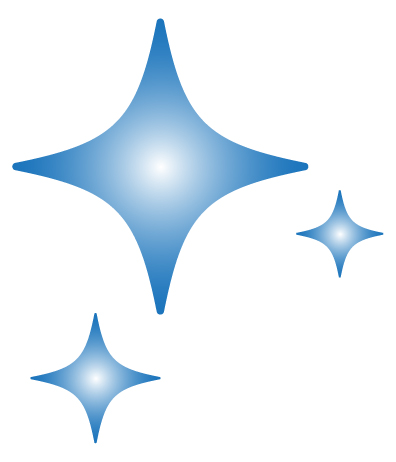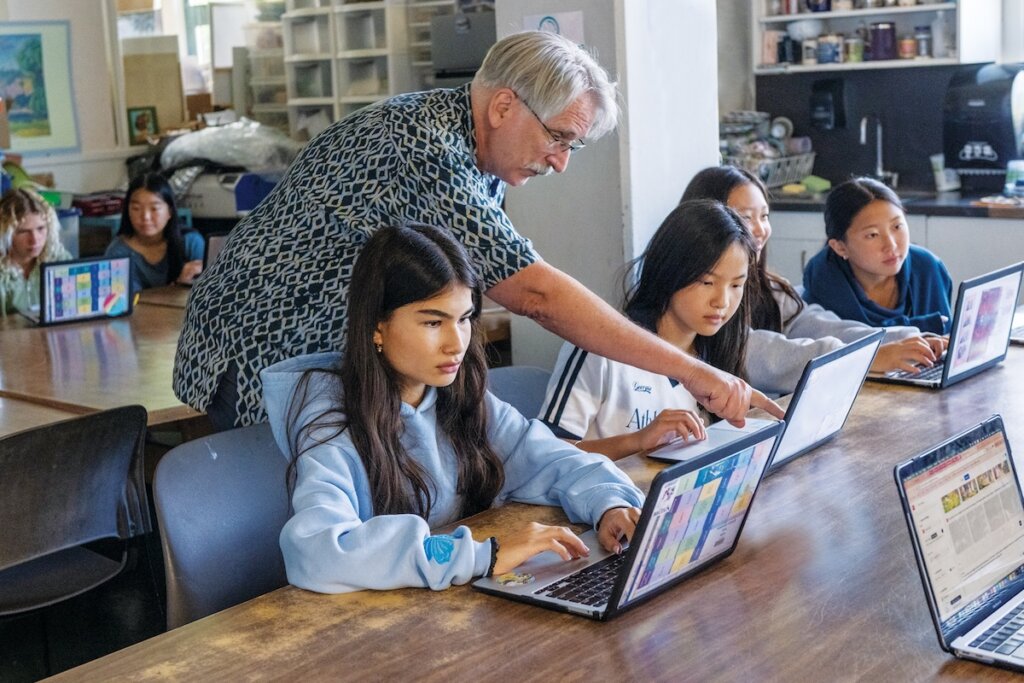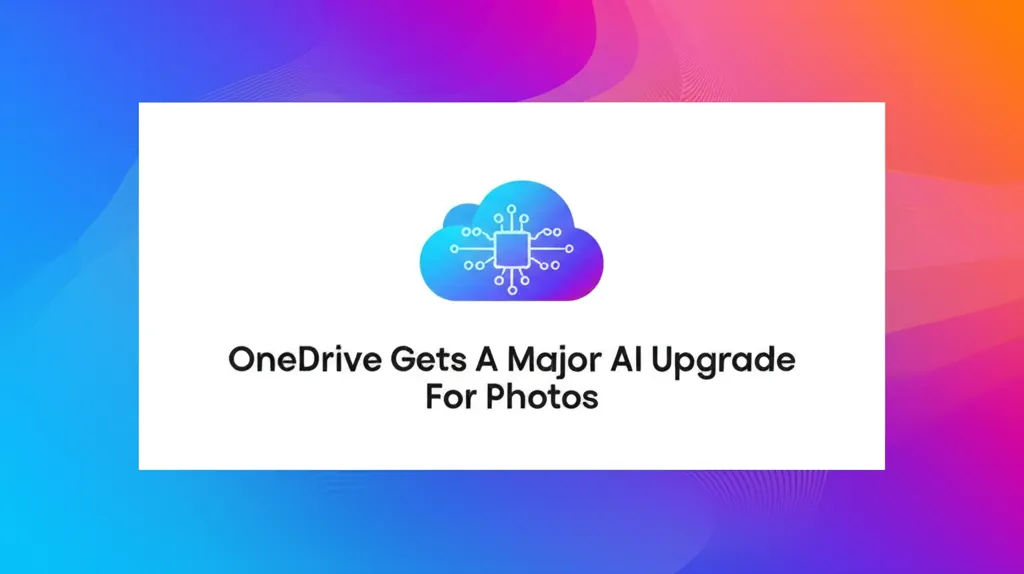Developer Offer
Try ImaginePro API with 50 Free Credits
Build and ship AI-powered visuals with Midjourney, Flux, and more — free credits refresh every month.
AI in the Art Room A New Frontier for Students
In a striking image, Peter Pan looks out over Neverland under the glow of a crescent moon. In another, an 18th-century schooner drops anchor in a tropical harbor on a quest for treasure. A third image captures Alice tumbling down a surreal rabbit hole, past levitating jars on a bookshelf. These vibrant, highly detailed, and stylistically diverse images were all created by eighth-grade students at Punahou School using the power of generative artificial intelligence.

Bridging Art and AI in the Classroom
Hugh Mosher, a faculty member in the Case Middle School art department, has been tracking the evolution of AI image generation for years. In 2024, he determined the technology was ready for the classroom. "We need to include AI in our educational practice because it’s going to be a part of our students’ lives," Mosher states. "We have to give them some understanding of what the possibilities are."
The Classic Literature AI Project
For the 2024–2025 school year, Mosher introduced a project where students were tasked with creating a wrap-around book cover using AI. He collaborated with Kosasa Learning Commons Librarian Lori Nakamoto ’04 Jones, who selected descriptive passages from five beloved public domain books: "Alice’s Adventures in Wonderland," "A Christmas Carol," "Peter Pan," "Treasure Island," and "The Wonderful Wizard of Oz." Each student selected an excerpt to serve as the inspiration for their cover art.

An Ethical and Secure Creative Process
To bring their visions to life, students used Adobe Creative Cloud’s suite of tools. The image generation was handled by the Firefly platform, while Photoshop was used to stitch the front and back cover images together at the spine. Mosher noted that this platform provided an important lesson on ethics. Since Adobe trains its AI on its own stock image library and public domain content, it avoids the copyright issues prevalent in the field.
"Adobe Firefly AI only creates imagery from the company’s library of proprietary images, not from the World Wide Web," he explains, ensuring the content is curated and appropriate for a school environment.
 CMS Students in Hugh Mosher’s art class brought their imagination to life, creating vibrant book covers of classics with the help of AI.
CMS Students in Hugh Mosher’s art class brought their imagination to life, creating vibrant book covers of classics with the help of AI.
Mastering the Art of the Prompt
The creative process began with students pasting their chosen book passage into Firefly’s prompt window. However, the initial results were often just a starting point. "The AI initially creates a set of images which are usually a mediocre match with their descriptive passage selection," Mosher explains.
The real learning began as students evaluated these first drafts and learned to refine their prompts. They had to think critically and rephrase their requests to guide the AI. For instance, a student might add emphasis like 'the house sits under a very dark sky' or clarify scale by stating 'Alice appears smaller than the bookshelf.' This iterative process of refining language to achieve a specific visual goal was the core of the lesson.
Finn Greenwell ’29, who created a moody depiction of a character from "Treasure Island," recalls hitting several dead ends. His first attempt to generate a character in a ship's crow's nest resulted in an image of a person inside an actual bird's nest. After more than 20 revised prompts, he finally achieved the image he envisioned.
Democratizing Creativity for a New Generation
The final results were remarkable, with many student-created covers looking polished enough for a bookstore shelf. While the technical quality of the illustrations might surpass what an eighth grader could draw by hand, each image is a clear reflection of the student's unique vision and creative direction.
Mosher celebrates how this technology makes powerful art tools more accessible. "Suddenly, anybody can be a creator – anybody can come up with their own idea and generate it," he says. "It used to take years of experience to learn to be a skilled artist... Now, almost anyone with a computer can illustrate their ideas with AI, and that is a huge and important change. It is rapidly redefining the future role of the artist and illustrator."
For Mosher, the true excitement lies in seeing his students use these new tools to bring their imaginations to life in ways that were previously impossible.
To learn more, see the main article on Intentional AI Literacy for a New Frontier and a related piece on The Art of Iterating.
Compare Plans & Pricing
Find the plan that matches your workload and unlock full access to ImaginePro.
| Plan | Price | Highlights |
|---|---|---|
| Standard | $8 / month |
|
| Premium | $20 / month |
|
Need custom terms? Talk to us to tailor credits, rate limits, or deployment options.
View All Pricing Details

